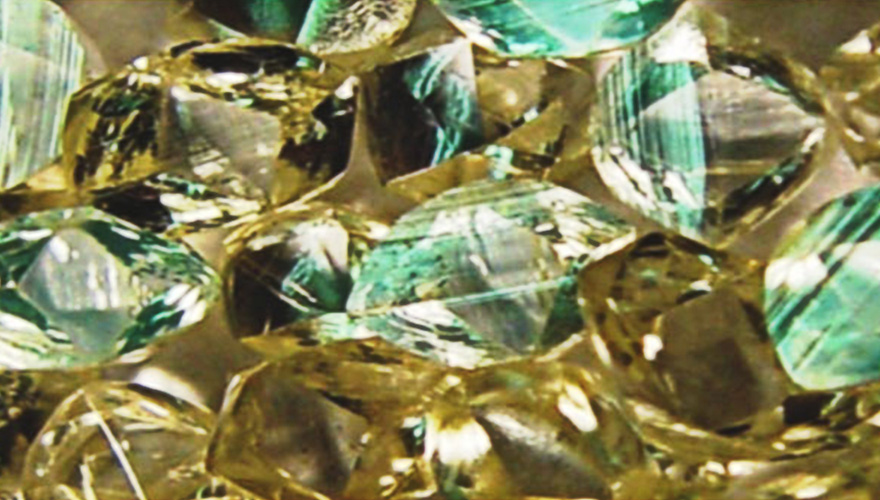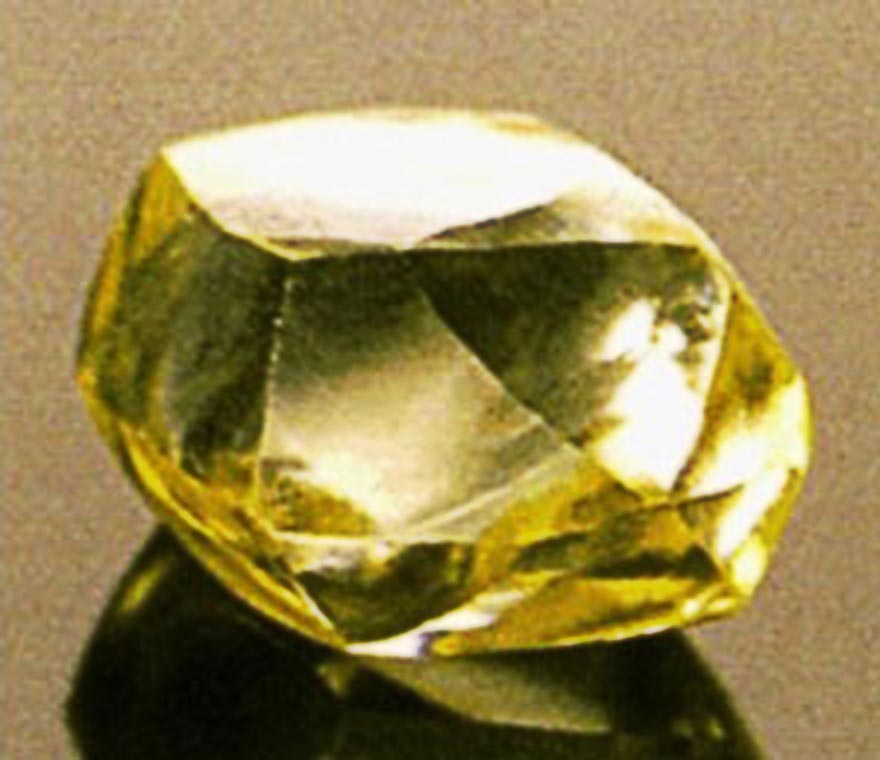Diamond Facts


Diamond
is a unique, natural material.
It exhibits properties that are extremely useful in creating effective cutting tools.
Here are just a few facts about what makes diamond so unique:
- It is solid, crystalline carbon, arranged in a structure known as diamond cubic
- Diamond is the hardest known natural substance
- Very abrasion resistant
- Can be lapped and polished to extremely sharp cutting edges
- Stiffest known natural material with Young’s Modulus values ranging between 1050 GPa - 1210 GPa
- Material with the highest thermal conductivity, up to 5x higher than silver
- Anisotropic physical properties


Chardon Tool
starts with whole, natural diamonds but we also use
single crystal,
synthetic diamonds
created in 2 distinct methods.
The first are called HPHT, or high-pressure, high-temperature, diamonds.
Here are some facts about the
HPHT synthetic
diamonds
we use:
- HPHT diamonds are real diamonds that have the same properties as natural diamonds
- Grown in a factory under high pressure, high temperature conditions
- Formed in a manner similar to natural diamonds but with better-controlled, stable conditions
Here are some facts about chemical vapor deposition (CVD) formed diamonds:
- CVD diamonds are real diamonds that have the same properties as natural diamonds
- Grown in a factory under moderate pressure and temperature conditions
- Edge lengths can be up to 15mm
Though they share many similar properties, there are differences between these 3
diamond types.
Here is a sample of those differences:
- CVD diamond is the most consistent, then HPHT, then natural diamond
- Natural diamond is the most expensive, then CVD, then HPHT
- Natural diamond is the toughest, then HPHT, then CVD
- CVD is transparent to infrared and ultraviolet light

